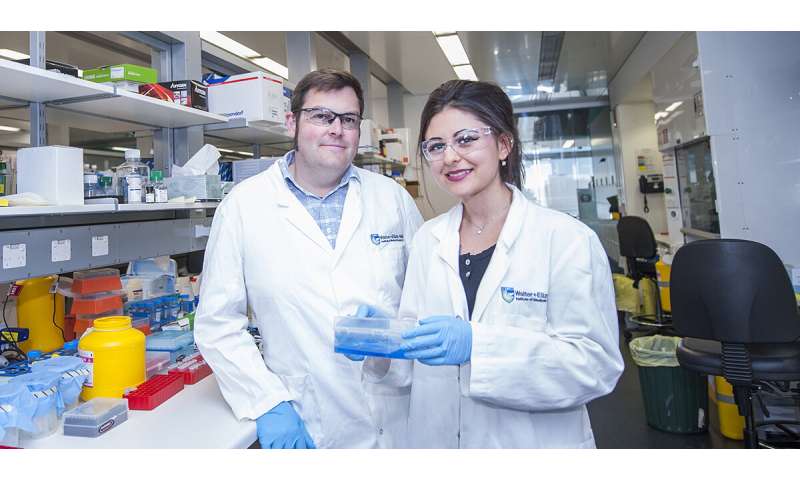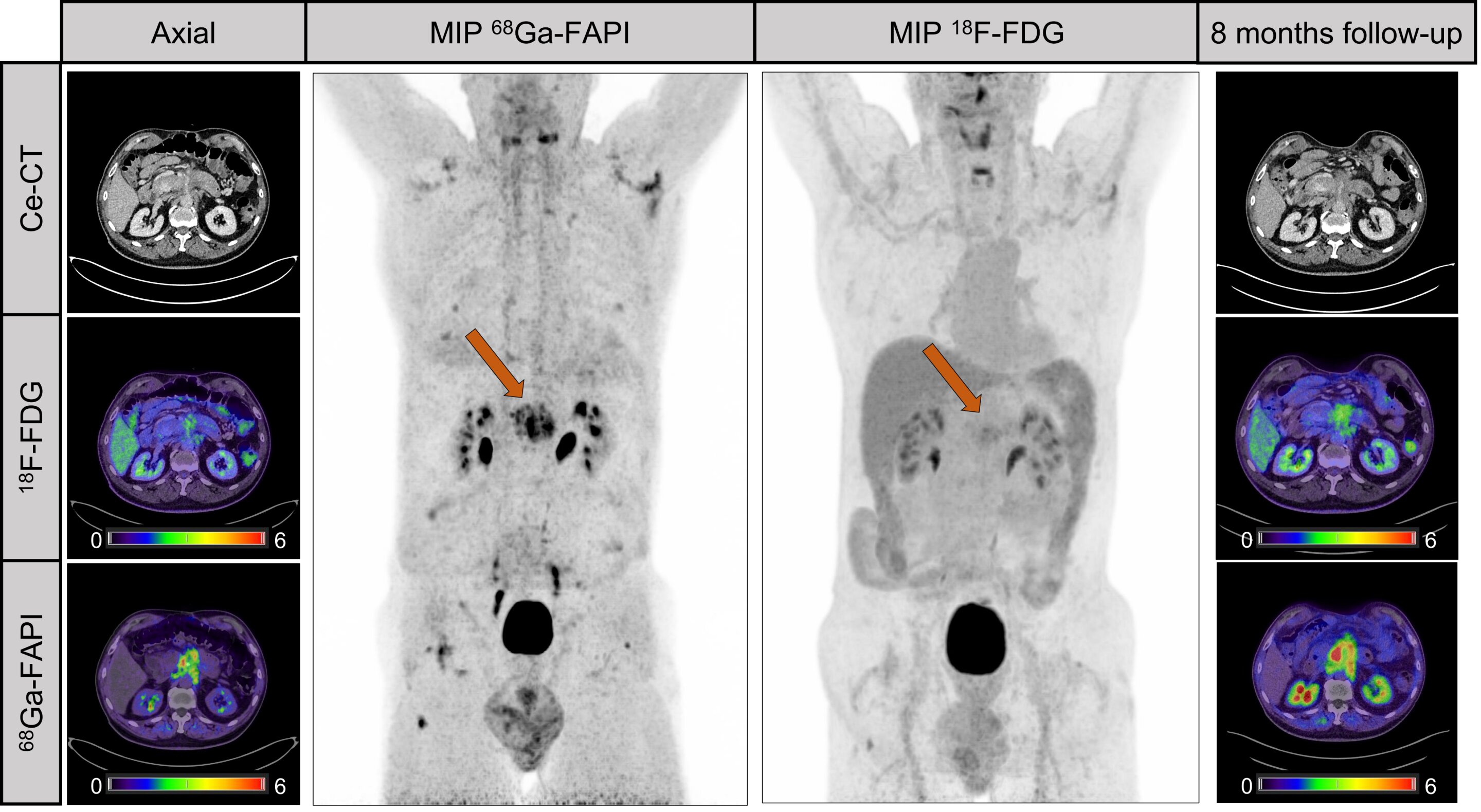#New structural ‘map’ solves mysteries of gigantic gene regulator
“#New structural ‘map’ solves mysteries of gigantic gene regulator”

Structural biology has been used to ‘map’ part of a protein called SMCHD1, explaining how some changes in SMCHD1 cause certain developmental and degenerative conditions.
Publishing in the journal Science Signaling, the Walter and Eliza Hall Institute team revealed the structure of the portion of the SMCHD1 protein that is crucial to its function in ‘switching off’ genes. Inherited mutations in this part of SMCHD1 have been linked to a developmental disorder and a form of muscular dystrophy.
The decade-long research project was led by Dr. Kelan Chen, Ms Alexandra Gurzau, Dr. Richard Birkinshaw, Associate Professor James Murphy, Professor Marnie Blewitt and Associate Professor Peter Czabotar.
Regulating gene expression
The human genome contains around 20,000 genes, which direct the production of proteins within cells, impacting how cells function. Genes can be ‘switched on’ or ‘switched off’ at different times and in different cell types, altering the amounts of the corresponding protein within cells and changing the cells’ behaviour. The right balance of this gene ‘expression’ is critical for healthy development and throughout life.
SMCHD1 is a protein that can specifically switch genes off, impacting how cells function. Inherited changes in SMCHD1 have been linked to a form of muscular dystrophy, called facioscapulohumeral dystrophy (FSHD), as well as a rare developmental disorder, called Bosma arhinia micropthalmia syndrome (BAMS), said Ph.D. student Ms Alexandra Gurzau.
“By investigating the structure and biology of SMCHD1, we hope to better understand the diseases that are associated with changes in SMCHD1, as well as revealing how this protein functions in healthy cells,” she said.
“Some of the changes in SMCHD1 that cause disease occur in one part of SMCHD1—called its ‘hinge domain’ – that binds to DNA and also enables SMCHD1 proteins to clump in pairs, called dimers. This part of the protein was very poorly understood, so we focused our attention onto it and investigated its structure,” Ms Gurzau said.
A challenging protein
Dr. Richard Birkinshaw said that SMCHD1 was a particularly challenging protein to elucidate a structure for. “This protein was about five times bigger than a typical human protein, and its hinge domain had a number of features that made it hard to purify and crystalise, two essential steps before we could determine its structure,” he said.
“It was a long process, started by Dr. Kelan Chen and involving the CSIRO C3 Collaborative Crystallization Centre, but we eventually were able to apply advanced technologies at the Australian Synchrotron called ‘single anomalous dispersion’ and ‘small-angle X-ray scattering’ to solve the structure of the SMCHD1 hinge domain. This created a three-dimensional ‘map’ of this part of the protein, showing its shape and the spatial connections between its different parts,” Dr. Birkinshaw said.
Ms Gurzau said the structure revealed how SMCHD1 binds to DNA, and which parts of the protein enabled it to bind with its pair.
“We could also deduce from the structure why some disease-associated changes in the hinge domain prevent SMCHD1 from functioning. By recreating these different forms of the protein within cells, we were able to use imaging to visualise how these variants behaved differently from the unchanged version of SMCHD1—an important advance in understanding the associated diseases,” she said.
Dr. Birkinshaw said SMCHD1’s structure also upended algorithms that had been developed to predict the structure of unknown proteins.
“The structures of many ‘SMC’ proteins related to SMCHD1 had already been solved, but our work revealed the structure of the SMCHD1 hinge domain is quite different from equivalent regions in these proteins.
“Our data is now being used as a challenge for structure prediction algorithms, as the structure we discovered is quite different from what we had expected. This challenge tests which of these algorithms can most accurately predict our structure and helps to improve the algorithms to produce more accurate models,” Dr. Birkinshaw said.
Associate Professor James Murphy said the latest discoveries supplemented the team’s research into developing drugs that alter the function of SMCHD1, as a potential new therapy for some diseases associated with the protein.
“By understanding in more detail how SMCHD1 functions, we can better understand its role in health and disease. Another group had already solved the structure of a separate part of the protein, so we’ve added more detail to the entire protein’s structure—although half of the protein is still ‘uncharted’,” he said.
More information:
Kelan Chen et al, Crystal structure of the hinge domain of Smchd1 reveals its dimerization mode and nucleic acid–binding residues, Science Signaling (2020). DOI: 10.1126/scisignal.aaz5599
New structural ‘map’ solves mysteries of gigantic gene regulator (2020, June 17)
retrieved 17 June 2020
from https://phys.org/news/2020-06-mysteries-gigantic-gene.html
This document is subject to copyright. Apart from any fair dealing for the purpose of private study or research, no
part may be reproduced without the written permission. The content is provided for information purposes only.
If you want to read more Like this articles, you can visit our Science category.
if you want to watch Movies or Tv Shows go to Dizi.BuradaBiliyorum.Com for forums sites go to Forum.BuradaBiliyorum.Com



